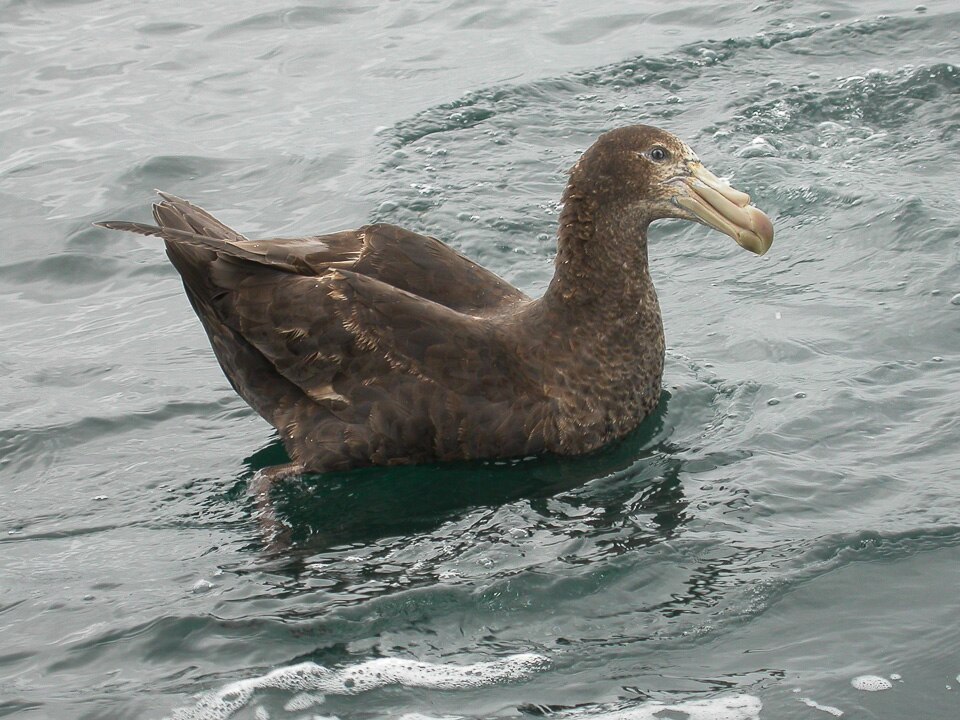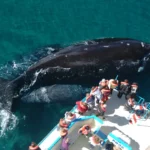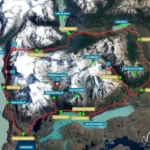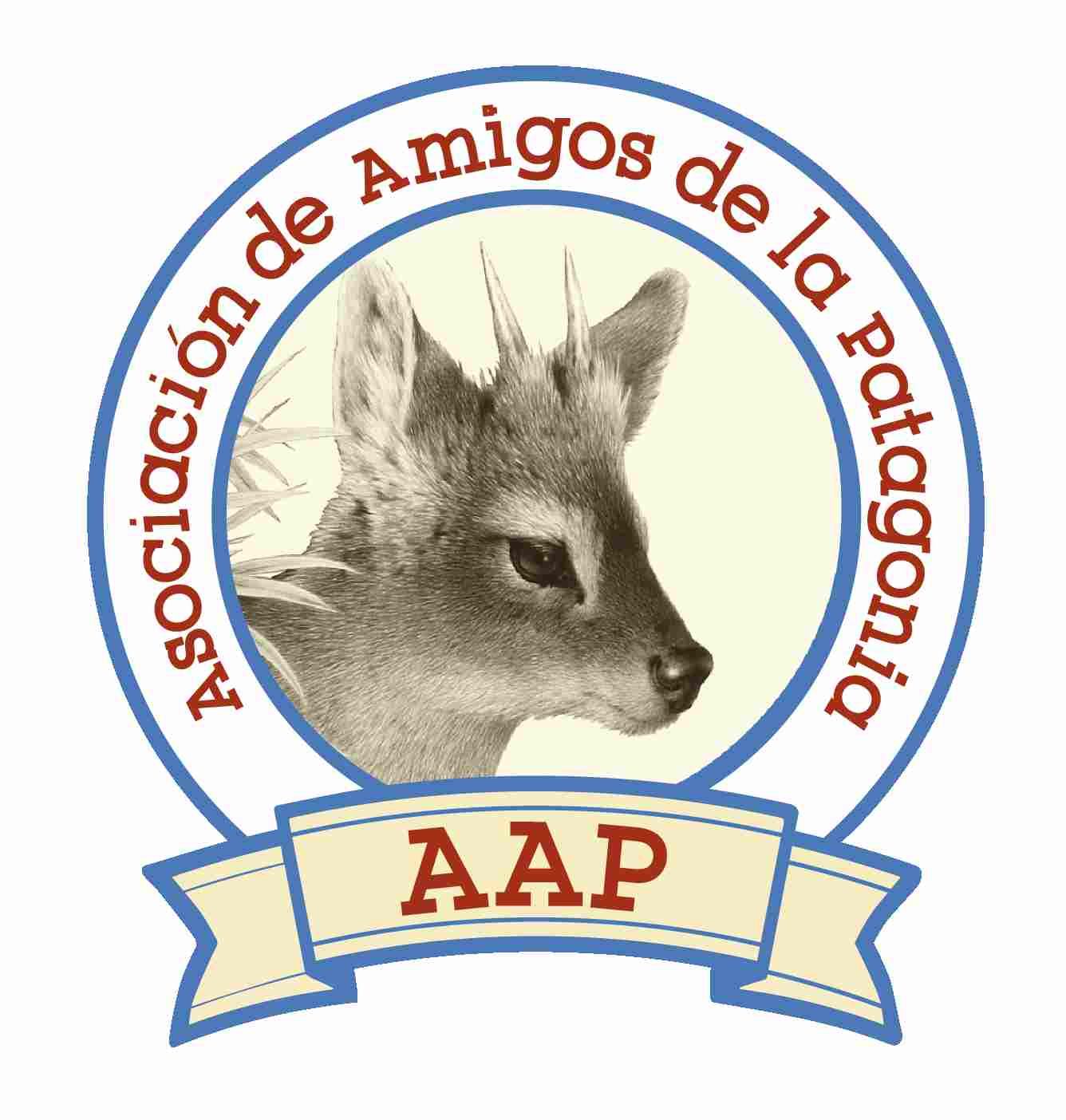
Majestic and formidable, the Southern Giant Petrel (Macronectes giganteus) is one of the most impressive seabirds of the Southern Hemisphere. Known for its large wingspan, scavenging behavior, and dynamic flying style, this bird plays a crucial role in the marine ecosystem of Patagonia and Antarctica. Despite its size and aggressive feeding habits, the petrel is also vulnerable—making its conservation a growing concern. Picture by Ariefrahman.
Where to See It
The Southern Giant Petrel is a pelagic bird, meaning it spends most of its life at sea, only coming ashore to breed. In Argentina and Chile, it can be seen along:
- The Patagonian coastline, particularly:
- Valdés Peninsula
- Puerto Deseado
- Isla de los Estados
- Tierra del Fuego and Cape Horn
- During excursions in the Beagle Channel and South Atlantic Islands
- Occasionally seen during boat trips to Antarctica from Ushuaia
They are often observed soaring low over the water or resting near penguin colonies, where food is abundant.
Physical Characteristics
The name “giant” is well-earned:
- Wingspan: Up to 2.1 meters (7 feet)
- Length: 86–99 cm (34–39 in)
- Weight: 3.5–5 kg (7.7–11 lbs)
- Color morphs:
- Dark morph: mottled gray-brown
- Light morph: mostly white with some dark flecks
- Distinctive tube-shaped nostrils on top of the bill, used for excreting salt
They are powerful fliers, using dynamic soaring to travel long distances with minimal energy.
Behavior and Diet
Giant petrels are often compared to vultures for their feeding habits:
- Scavengers: Feeding on carrion, especially dead seals, whales, and penguins
- Predators: Sometimes kill live prey like young seabirds or weakened individuals
- Also feed on fish, squid, and krill
They are aggressive feeders, often competing with each other and other seabirds at feeding sites.
Reproduction and Lifespan
- Breeding season: Starts in October
- Nesting: On remote islands and cliffs in colonies, often alongside penguins or other seabirds
- Eggs: Usually one egg per season
- Incubation: Around 60 days
- Chicks: Fed by regurgitated food and fledge after 4–5 months
- Lifespan: Up to 40 years
Both parents share the responsibility of incubation and chick rearing.
Conservation Status
The Southern Giant Petrel is classified as Near Threatened by the IUCN. Main threats include:
- Bycatch in longline fisheries
- Pollution (plastic ingestion, oil spills)
- Habitat disturbance on breeding islands
- Climate change, impacting food availability
Several marine protected areas along the Patagonian coast and in sub-Antarctic islands help support their conservation.
Best Times and Ways to Spot It
- Spring to summer (October to March) is ideal, especially during the breeding season
- Boat tours from Puerto Madryn or Ushuaia often offer sightings
- Look for their large silhouette gliding just above the waves, especially near penguin or seal colonies
They are most active during daylight hours and can be very curious toward boats.
Wildlife tours in Patagonia
The Southern Giant Petrel is a powerful symbol of Patagonia’s wild coastlines and the rich biodiversity of the Southern Ocean. Watching one soar with the wind over the sea or scavenge near a penguin colony is a reminder of nature’s raw and dynamic balance.
We’re a local tour operator based in Buenos Aires, which offers custom tours in Patagonia and other regions of Argentina and Chile. We invite you to contact us, and start planning your next incredible journey to South America!
Get inspired by some of our travel ideas, listed below:
Puma Tracking Tour and Orca Watching
Mision Province & Ibera Wetlands
Orca Whale Watching in Patagonia Argentina
Iguazu Falls, Peninsula Valdes and the Wetlands
Where to see Penguins in Patagonia
Peninsula Valdes: Wildlife Tour
0












